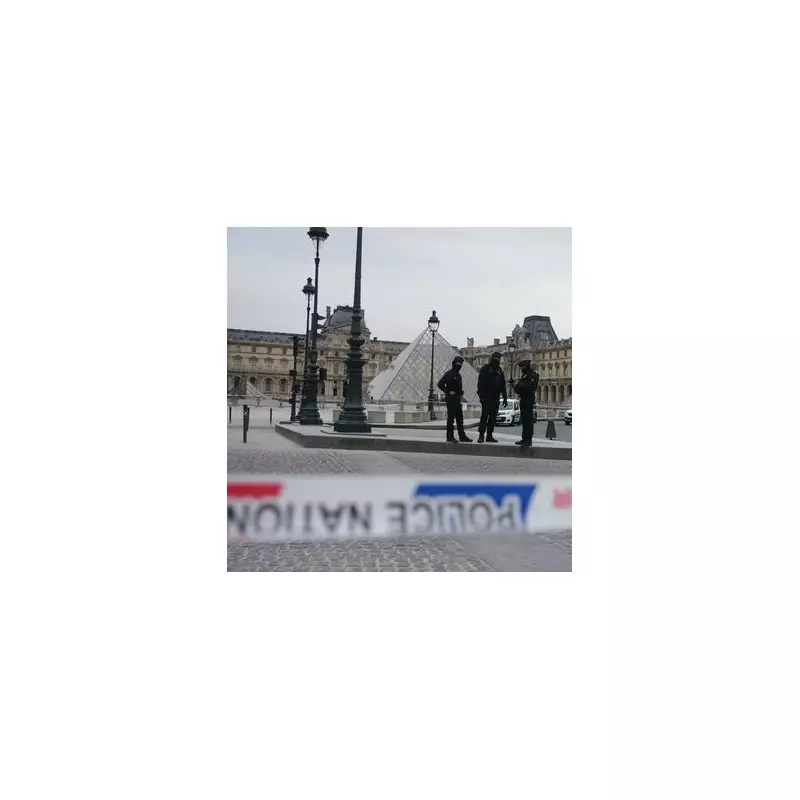
In a stunning confession that has rocked the art world, the director of the legendary Louvre Museum has admitted to catastrophic security failures that enabled thieves to pull off a multi-million euro heist of priceless historical artefacts.
The Brazen Overnight Raid
The audacious theft occurred under the cover of darkness, with criminals targeting the Louvre's eastern annex in the sleepy town of Lens. Their prize? A breathtaking 17th-century flintlock rifle and pistol set, lavishly adorned with gold and intricate metalwork, displayed in a supposedly secure glass case.
"This should never have happened," confessed Louvre director Laurence des Cars, her words carrying the weight of an institution that houses some of humanity's greatest treasures. "We failed in our fundamental duty to protect these cultural artefacts."
A Pattern of Security Neglect
Investigations have revealed alarming gaps in the museum's protection systems:
- The alarm system had been malfunctioning for weeks before the robbery
- Security cameras failed to capture the thieves' identities
- No guards were present during the overnight hours
- The priceless armour was displayed in an annex with significantly weaker security than the main Paris museum
"This wasn't just bad luck—it was a perfect storm of negligence," noted one security expert familiar with the investigation.
Cultural Heritage Under Threat
The stolen pieces represent more than just monetary value. Crafted during the reign of Louis XIII, these artefacts are irreplaceable fragments of French history and craftsmanship. Their loss strikes at the heart of cultural preservation efforts worldwide.
French authorities have launched an international manhunt, fearing the pieces may already be on their way to private collectors or criminal networks specialising in cultural property theft.
The Louvre has pledged a complete overhaul of its security protocols across all locations, but for the missing armour, this commitment comes too late. The museum now faces uncomfortable questions about whether cost-cutting measures compromised the safety of its collections.





